 Eagle Feathers #51 – The Packers
Eagle Feathers #51 – The Packers
By Bob (Monty) Doherty
The John P. Squire Company was established in 1842, the year the Bunker Hill monument was capped and the year Somerville broke away from Charlestown. Along with the North Packing & Provision Company, and the New England Dressed Meat and Wool Company, they made up the “Big Three.” The first packing company specialized in beef products, the second in pork, and the third in lamb products. Their presence caused other spin-off companies to be born in the Union Square area which, when combined, made Somerville the undisputed meatpacking capital of New England. She was known as the Chicago of the east.
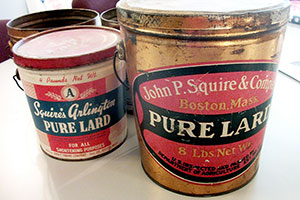
In the 1890’s, the most modern of the three packing plants was Charles North’s Packing & Provision Company. Its buildings, one of them rising to nine stories high, covered over thirteen acres along lower Medford Street, opposite today’s Target store. It extended from Somerville Avenue to the Miller River, where it abutted the Squire Company on the Cambridge side. The livestock would arrive at the Boynton Yards by rail, followed by processing, and then the product was marketed worldwide. After a destructive fire in 1878, the North Company was rebuilt to become the most complete packinghouse constructed in the country. It was also the largest Somerville employer, with over 1,200 workers at that time.
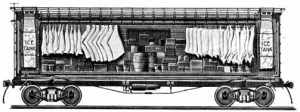
For years the company’s president and treasurer were the Swift brothers, who were very swift … to say the least … in revamping their future operations. They streamlined the business. Until then, cattle transportation was a world of cowboys, farmers, and teamsters. Gustavus F. Swift changed that. After moving to Chicago, he invented the refrigerated train car, which revamped and centralized much of the meatpacking industry. Some of North’s many meat bi-products were soaps, margarine, and lard. Leaf lard was used in baking, sold in decorative tins, and found in every kitchen.
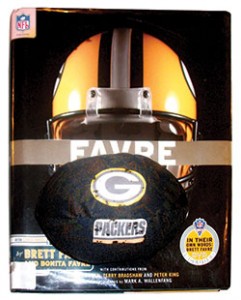
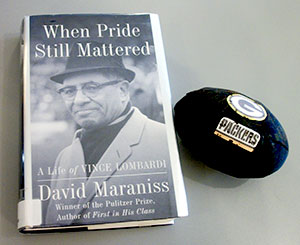
Work was always hard and dangerous in American packing plants. Today, it is still one of the most dangerous occupations. In 1919, a young meatpacker named Curly Lambeau solicited funds from his employer, The Indian Packing Company of Wisconsin. The money was to be used to outfit a new football team. Appreciating the help from his company and town, he named his team the Green Bay Packers. This all-American team went on to win more league championships than any other NFL team plus four Super Bowls. It is the only publicly owned team in the league. The Super Bowl Trophy honors Vince Lombardi, Green Bay’s most winning coach, and the son of a butcher. Green Bay’s games are played at Lambeau Field, named for their founder, an American meatpacker.
Unfortunately, because of their lard-saturated buildings, most of the prime Somerville plants met their demise by fire. The last was the J.P. Squire’s spectacular inferno that burned for two days from September 1–3, 1978. It was the only time that ten alarms were struck for a Somerville fire. Most of buildings are gone now, but not forgotten … they were the cathedrals to the blue-collar workers of Somerville and Cambridge.
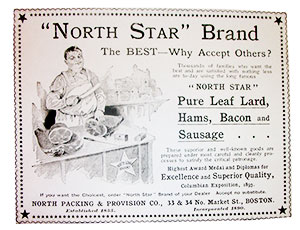












I was 10 years old and I remember this fire. We lived behind Donnelly Field and it was if the fire was beside our house, it was that intense. It burned for days. I will never forget it!